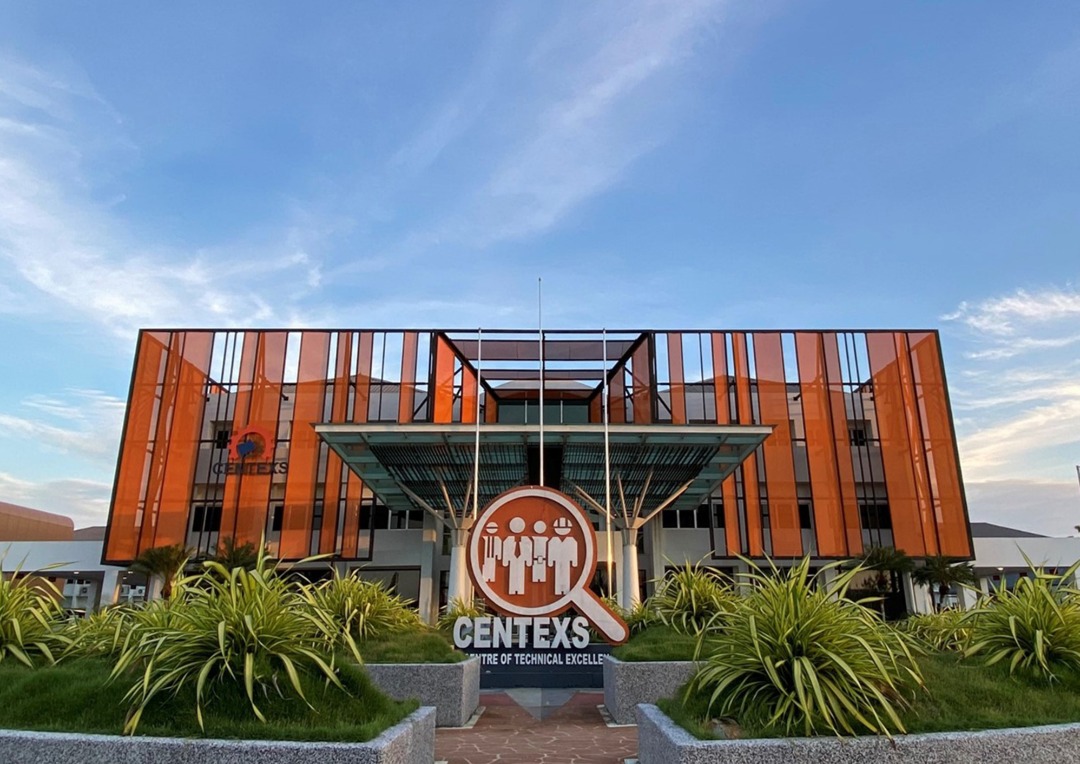To equip participants with the skills and knowledge to safely perform gas testing activities in hazardous environments.
- Understand the responsibilities of an Authorized Gas Tester.
- Identify hazardous gases and interpret gas readings.
- Properly use and maintain gas detection equipment.
- Follow standard safety procedures during gas testing activities.
- Accurately document and communicate test results.
All personnel Involve in Gas activities, Supervisor, Fresh student.
1 Day
- Role and responsibilities of an Authorized Gas Tester.
- Importance of gas testing in hazardous work environments.
- Applicable standards and regulations (OSHA, DOSH, NIOSH, API, IOGP).
- Basic requirements for AGT competency and certification.
- Flammable gases: properties and ignition risks.
- Toxic gases: health effects and exposure symptoms.
- Oxygen levels: deficiency and enrichment dangers.
- Chemical and physical characteristics of gases.
- Types of detectors: portable and fixed systems.
- Operating principles: Catalytic, Infrared, PID, Electrochemical.
- Calibration procedures and bump testing.
- Correct use, handling, and storage of equipment.
- Standard procedures for gas testing.
- Proper sampling techniques (top, middle, bottom layers).
- Timing and frequency of gas tests.
- Understanding PEL, STEL, and TWA exposure limits.
- Recording results in the Permit to Work system.
- Responding to high readings and initiating controls.
- Effective communication of findings to stakeholders.
- Hands-on use of gas detection instruments.
- Simulated gas testing in confined or hazardous spaces.
- Role-play and scenario-based exercises.
- Written or practical assessment to verify understanding.
- Course summary and Q&A session.
- Feedback and course evaluation.
- Certificate distribution and closing remarks.




